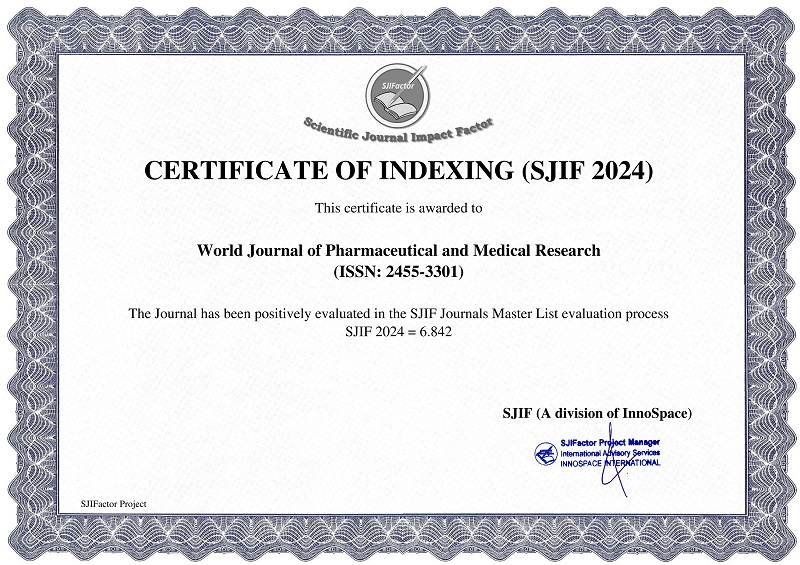COMPREHENSIVE INSIGHT INTO THE CONCEPT AND MANAGEMENT OF JANAPADODHWAMSA
Dr. Alok Kumar Sharma*, Dr. Tejas Mishra, Dr. Mohd. Monish and Dr. Apoorv Tripathi
ABSTRACT
Ayurveda, one of the most ancient and effective healthcare systems, describes the concept of Janapadodhwamsa, which refers to the large-scale destruction of populations. This occurs due to the disturbance of four key environmental factors—Vayu (air), Udaka (water), Desha (region), and Kaala (season/time)—which, when vitiated, lead to environmental disasters and the spread of communicable diseases. These diseases are primarily rooted in Adharma (unrighteousness), stemming from Prajnaparadha (intellectual errors). Contributing factors include low socioeconomic status, overpopulation, and poor hygiene. Ayurveda emphasizes building immunity through both preventive and therapeutic methods. This is accomplished through timely implementation of Shodhana (purification) and Shamana (palliation) therapies. Adopting a proper lifestyle—incorporating Sadavrutta (ethical conduct), Dinacharya (daily routine), Rutucharya (seasonal regimen), Panchakarma (detoxification procedures), and Rasayana (rejuvenation therapy)—serves as an effective strategy for managing epidemics or Janapadodhwamsa-type diseases.
[Full Text Article] [Download Certificate]



